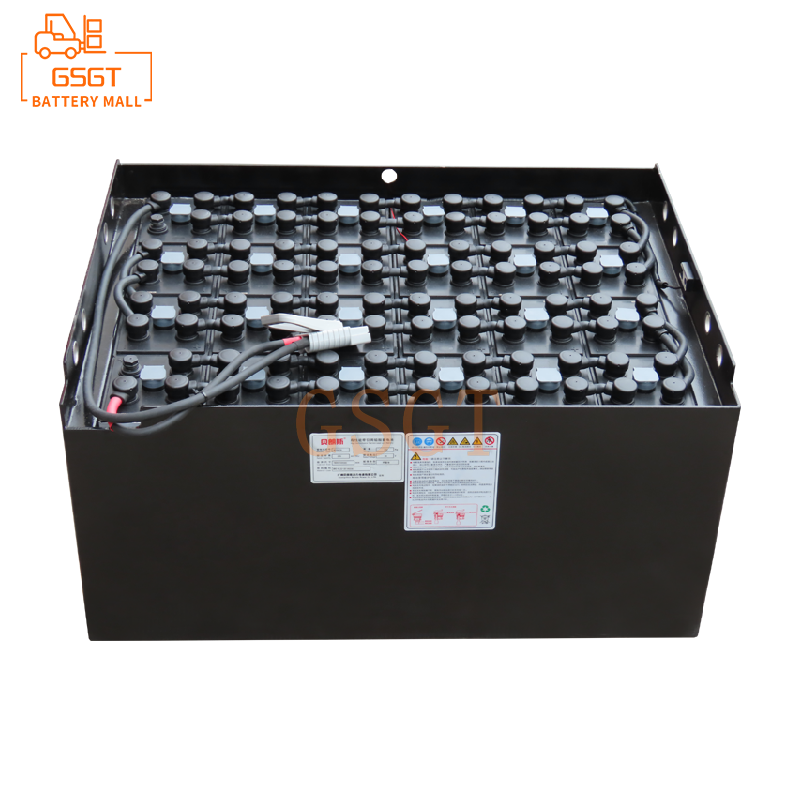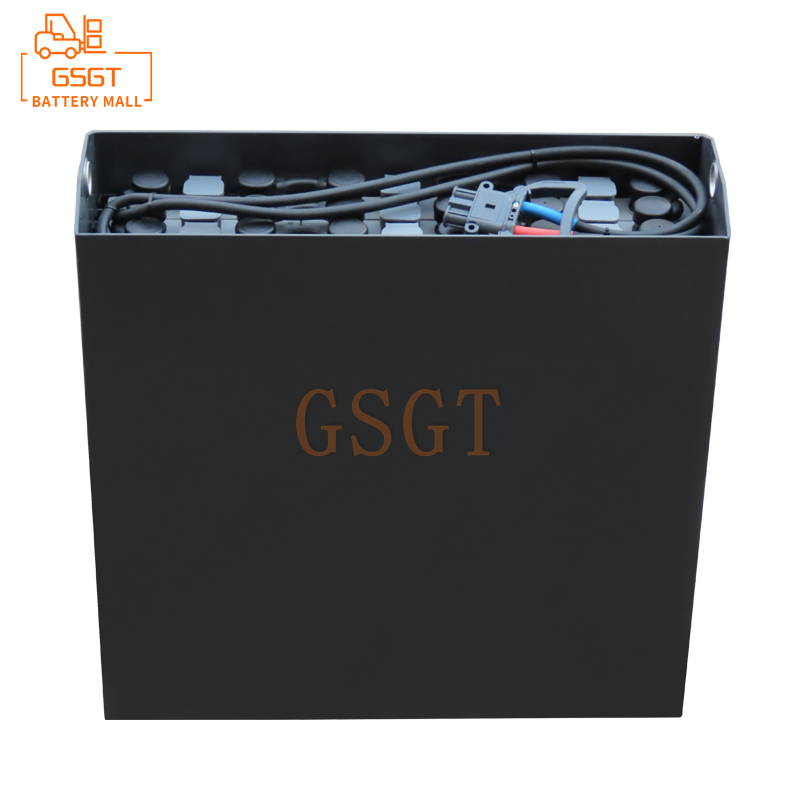Time:2025-07-07 10:38:16
Browse:623
In the field of industrial logistics, forklifts, as key handling equipment, their power sources are of vital importance. Lead-acid batteries are widely used in forklift power systems due to their advantages such as low cost and mature technology. The charge and discharge curves of lead-acid batteries, like a "barometer" of a forklift's endurance, profoundly influence the forklift's performance in actual operations. A thorough exploration of the correlation between this curve and the range of forklifts is of great significance for enhancing the operational efficiency of forklifts and reducing operating costs.
Interpretation of the Charge and Discharge Curves of Lead-acid batteries
Charging curve
Lead-acid batteries generally go through three stages during charging. At the beginning, it is the constant current charging stage. The charging equipment supplies electrical energy to the battery with a constant current, and at this time, the battery voltage gradually rises. As the charging process progresses, when the battery voltage reaches a specific threshold, it enters the constant voltage charging stage. During this stage, the voltage remains stable while the charging current gradually decreases. The final stage is the float charging phase, where a small current is continuously charged to ensure that the battery is always fully charged and to maintain a stable voltage at a low level. At the initial stage of constant current charging, the battery can quickly absorb electrical energy, and the voltage rise is relatively gentle. When entering the constant voltage stage, the internal chemical reactions of the battery approach saturation, and the current decreases to prevent overcharging. The float charging stage is like a steady stream of energy replenishment for the battery, ensuring its availability at any time.
Discharge curve
The discharge process is also divided into three stages. Initially, it is constant voltage discharge. The battery voltage remains relatively stable, and the current varies according to the load condition of the forklift. Then, the battery enters the characteristic discharge stage. As the discharge deepens, the chemical substances inside the battery are consumed, the voltage begins to drop, and the current remains relatively stable when the load is stable. When the voltage drops to a specific cut-off value, it enters the cut-off discharge stage. At this point, the battery stops discharging. If forced discharge continues, it will seriously damage the battery's lifespan. For instance, when a forklift is lightly loading and transporting goods, at the initial stage of discharge, it may be in a constant voltage discharge phase, with stable voltage, which can ensure the smooth operation of the forklift. As the operation time increases, it enters the characteristic discharge stage, where the voltage drops, but the forklift can still operate normally. Once approaching the cut-off discharge stage, the forklift's power significantly weakens, posing a challenge to its range.
The specific impact of the charge and discharge curve on the range of forklifts
Influence of charging curve
Charging duration: If the power of the charging device is insufficient, resulting in a too small current during the constant current charging stage, the entire charging process will be prolonged. Forklifts may have their actual operation time reduced due to excessively long waiting times for charging, thereby affecting their range.
Battery life: An unreasonable charging curve, such as overcharging or undercharging, can seriously damage the battery life. Overcharging causes the battery to heat up, accelerates the aging of the plates and reduces the battery capacity. Undercharging leads to the inability of the chemical substances inside the battery to react fully. Over time, the accumulation forms irreversible sulfation, which also reduces the battery performance and ultimately shortens the driving range of the forklift.
Influence of discharge curve
Load variation: The load of forklifts varies greatly in different operation scenarios. When under heavy load, the discharge current is large, the battery quickly enters the characteristic discharge stage, the voltage drops rapidly, and the driving range is significantly shortened. For instance, when handling heavy goods, a forklift that could originally last for 8 hours may only last for 4 to 5 hours under heavy load.
Depth of discharge: Over-discharge is extremely harmful to the battery. When the depth of battery discharge exceeds 80%, the lead sulfate crystals on the plates are difficult to be completely restored during subsequent charging, resulting in a permanent decrease in battery capacity and a reduction in the forklift's range.
Frequently Asked Questions
Question 1: How to select the appropriate battery capacity for forklifts based on the charge and discharge curves?
Answer: The intensity and duration of forklift operation need to be comprehensively considered. If the forklift works for a long time every day and has heavy handling tasks, a large-capacity battery should be chosen. The required battery capacity can be estimated based on the discharge current and the expected working time under the common load of the forklift by referring to the discharge curve, to ensure that the battery does not over-discharge throughout the working process and maintain good endurance.
Question 2: Is the charge and discharge curve greatly affected by the ambient temperature? What is the performance regarding the range of forklifts?
Answer: The ambient temperature has a significant impact on the charge-discharge curve. At low temperatures, the viscosity of the battery electrolyte increases, ion diffusion is hindered, internal resistance rises, charging acceptance capacity declines, charging time is prolonged, voltage drops more rapidly during discharge, and the driving range is significantly shortened. For instance, in an environment of minus 10 degrees Celsius, the driving range of a forklift may be reduced by 30% to 50%. High temperatures accelerate the chemical reactions inside the battery. Although the initial charging speed increases, it is prone to overcharging, shortening the battery life and also affecting the endurance. Therefore, in extreme temperature environments, insulation or cooling measures should be taken to ensure the driving range of forklifts.
Question 3: How can the range of forklifts be improved by optimizing the charge and discharge curves?
Answer: In terms of charging, intelligent charging devices are adopted to adjust the charging current and voltage based on the real-time status of the battery. The charging time and termination voltage are strictly controlled to avoid overcharging and undercharging. When discharging, rationally plan the forklift operation tasks, avoid frequent heavy loading, and reduce large current discharge. At the same time, regularly maintain and service the battery, such as checking the electrolyte level and specific gravity, to ensure that the battery is in good condition, keep the charge and discharge curve in an ideal state, and enhance the forklift's endurance.
The charge and discharge curves of lead-acid batteries are closely related to the range of forklifts. Understanding and rationally applying the knowledge of charge and discharge curves, starting from multiple aspects such as the selection of charging equipment, operation planning, and battery maintenance, can effectively enhance the range of forklifts and provide strong support for the efficient operation of industrial logistics.

$3050

$5710

$1690

$1200

MESSAGE
Professional And Efficient
Security
Affordable Price
Professional Services